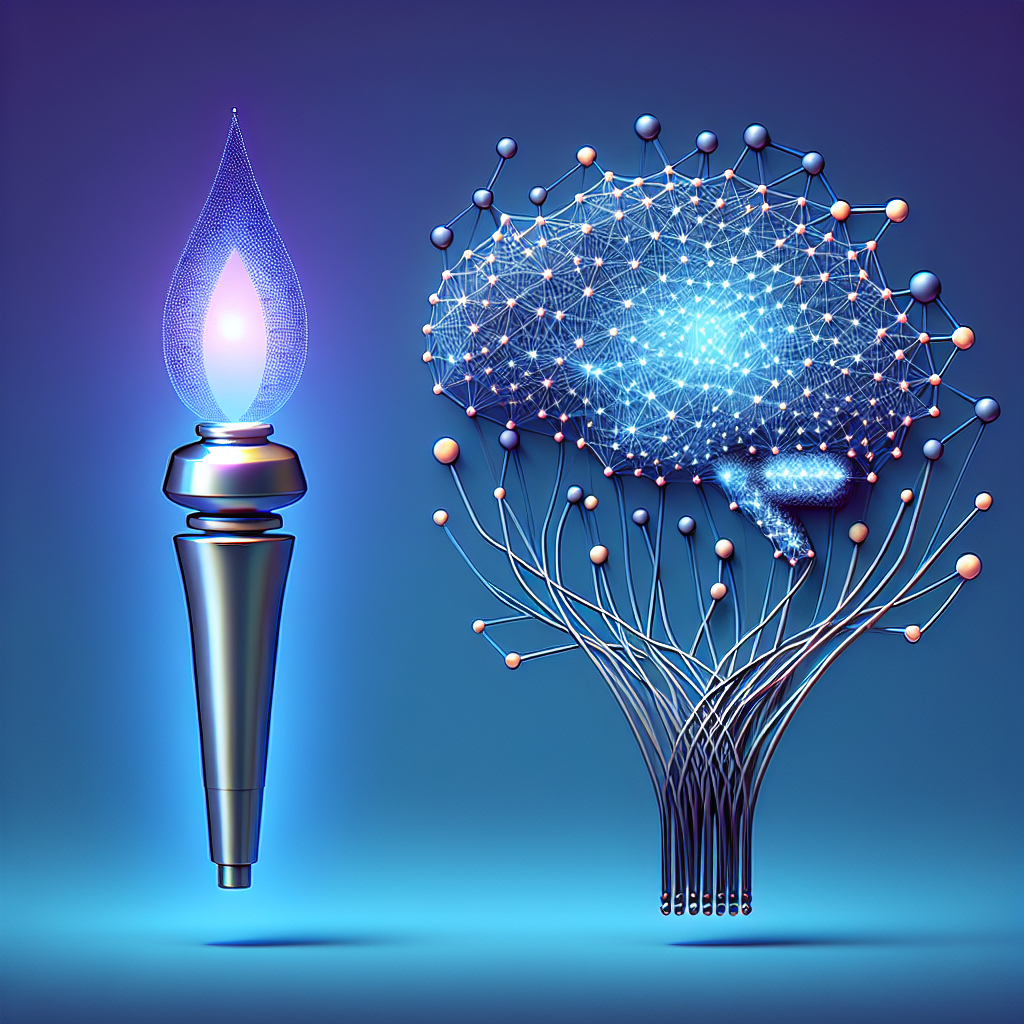Your cart is currently empty!
A Beginner’s Guide to Understanding Deep Learning: Building Machine Learning Systems with PyTorch and TensorFlow

Deep learning has become one of the most popular and powerful tools in the field of artificial intelligence. It is a subset of machine learning that focuses on building and training neural networks to perform complex tasks such as image and speech recognition, natural language processing, and more. In this beginner’s guide, we will explore the basics of deep learning and how to build machine learning systems using two popular frameworks, PyTorch and TensorFlow.
What is Deep Learning?
Deep learning is a type of machine learning that uses neural networks with multiple layers to learn and make decisions without human intervention. These neural networks are inspired by the structure of the human brain and are capable of learning from large amounts of data to perform tasks that were once thought to be impossible for computers.
Building Machine Learning Systems with PyTorch and TensorFlow
PyTorch and TensorFlow are two of the most popular frameworks for building deep learning models. PyTorch is developed by Facebook’s AI Research lab and is known for its flexibility and ease of use. TensorFlow, on the other hand, is developed by Google and is widely used for building large-scale machine learning systems.
To get started with building machine learning systems using PyTorch and TensorFlow, you will need to install the frameworks on your computer and familiarize yourself with their APIs. Both frameworks provide a wide range of tools and libraries for building and training neural networks, as well as tools for visualizing and debugging your models.
Once you have installed the frameworks, you can start building your first deep learning model. This typically involves defining the architecture of your neural network, selecting an appropriate loss function, and training the model on a dataset. PyTorch and TensorFlow provide a wide range of pre-trained models and tutorials to help you get started.
One of the key advantages of using deep learning frameworks like PyTorch and TensorFlow is that they provide a high level of abstraction, allowing you to focus on building and training your models without worrying about the underlying implementation details. This makes it easier for beginners to get started with deep learning and experiment with different architectures and techniques.
In conclusion, deep learning is a powerful tool for building machine learning systems that can perform complex tasks with high accuracy. By using frameworks like PyTorch and TensorFlow, beginners can easily get started with building and training neural networks for a wide range of applications. Whether you are interested in computer vision, natural language processing, or any other field of artificial intelligence, deep learning can help you achieve your goals.
#Beginners #Guide #Understanding #Deep #Learning #Building #Machine #Learning #Systems #PyTorch #TensorFlow,understanding deep learning: building machine learning systems with pytorch
and tensorflow: from neural networks (cnn

Leave a Reply